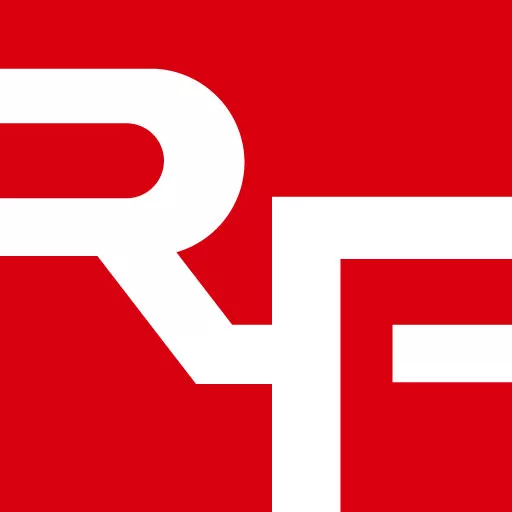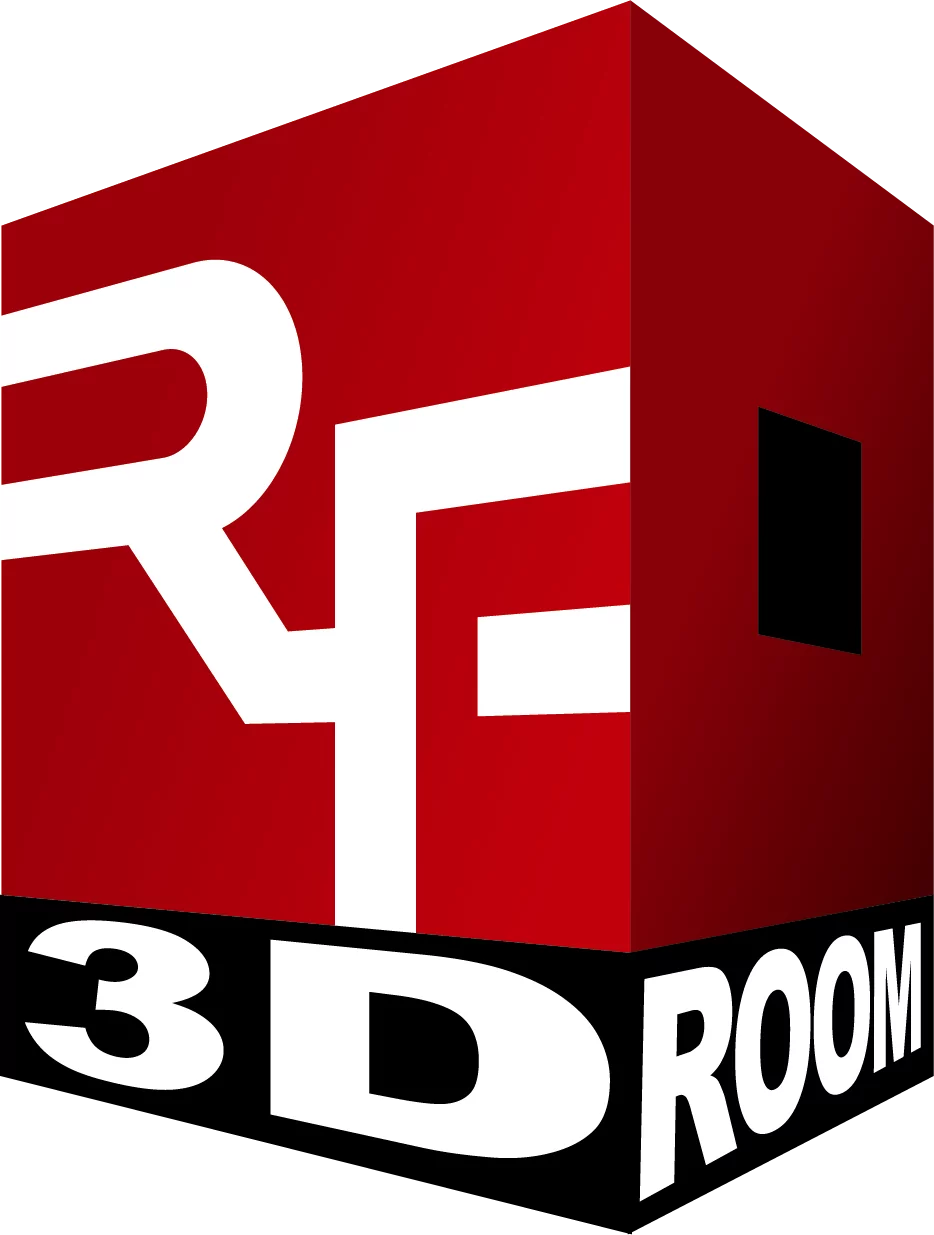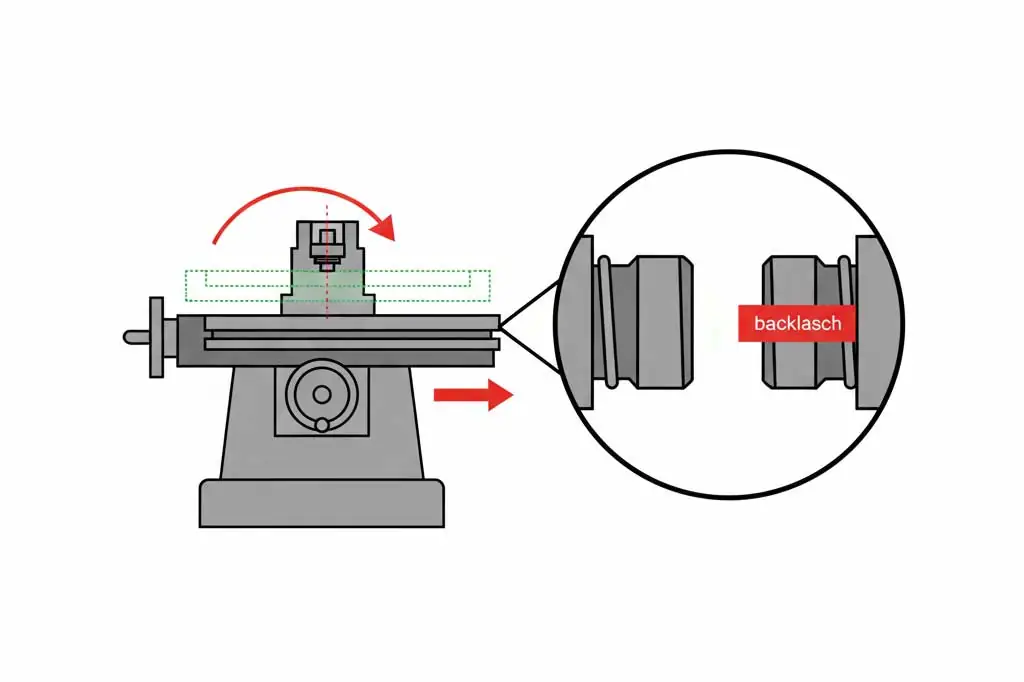Definition of Backlash Compensation
Backlash compensation in mill drill machines refers to the methods used to counteract the lost motion between the lead screw and nut when changing the direction of table movement. Backlash occurs due to clearance between mating threads, typically in the X and Y axes. Without compensation, this slack results in positional inaccuracy, particularly in climb milling or when interpolating contours. Compensation can be manual—by turning past the backlash—or digital, through CNC control settings that offset expected positional error. Minimizing and compensating for backlash is essential in achieving dimensional accuracy in milling operations, especially in fine-tolerance or repeat-pass work.
Why It Matters for Band Saw and Mill Drill Machines
Mill drill machines rely on lead screws for table movement. As wear develops or clearances increase, backlash becomes more pronounced. When not compensated, it introduces positioning errors, especially during changes in movement direction. This is critical in operations like pocket milling or when machining symmetrical features that demand tight tolerances.
Implementing backlash compensation ensures tool paths align with programmed coordinates, reducing dimensional deviations and surface imperfections. Whether by mechanical preload systems (such as split nuts or anti-backlash nuts) or software-level adjustments in CNC-equipped machines, proper compensation enhances repeatability and reduces part rejection rates.
Related Terms
Lead ScrewTable Movement
Climb Milling
CNC Compensation
Anti-Backlash Nut
Positioning Accuracy
FAQ
How does Mill Drill Machine Backlash Compensation improve milling accuracy?
Mill Drill Machine Backlash Compensation eliminates the effects of lead screw slack when changing direction. By accounting for mechanical play, it ensures the cutting tool follows precise tool paths, particularly during complex interpolation or symmetrical features. This results in tighter tolerances and better surface finishes.
What are typical methods of Mill Drill Machine Backlash Compensation?
Typical methods include using anti-backlash nuts, dual-nut assemblies with spring tension, or digital compensation in CNC systems. For manual machines, operators often overshoot and then reverse into position to preload the screw. Each method aims to negate positional lag due to thread clearance.
Can Mill Drill Machine Backlash Compensation be adjusted manually?
Yes, on manual mill drill machines, backlash is often handled by operator technique. This involves always approaching the desired position from the same direction to preload the lead screw. Regular inspection and tightening of the gibs and lead screw nut also help minimize backlash.
How much backlash is acceptable in Mill Drill Machines?
Acceptable backlash varies by application. For general machining, 0.002"–0.005" may be tolerable. For high-precision work, less than 0.001" is desirable. Excessive backlash compromises accuracy and may necessitate mechanical or control-based compensation.



